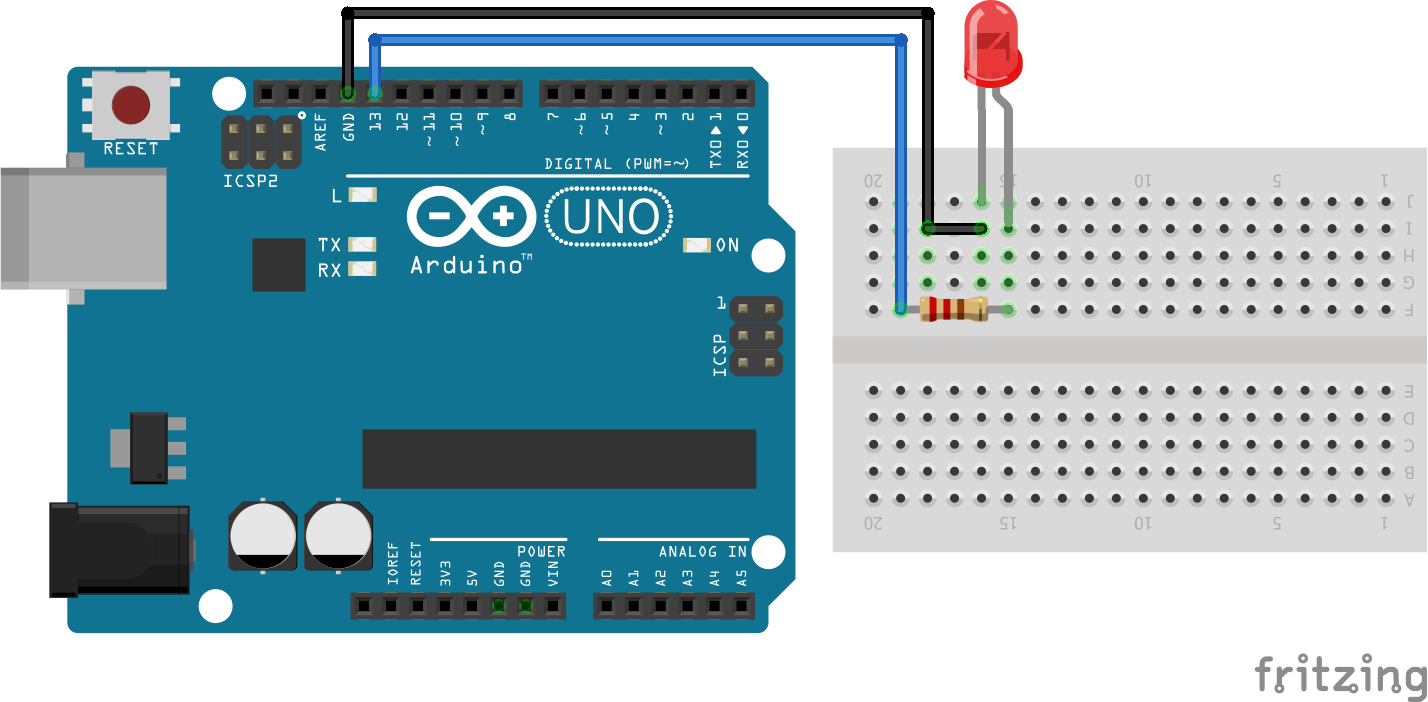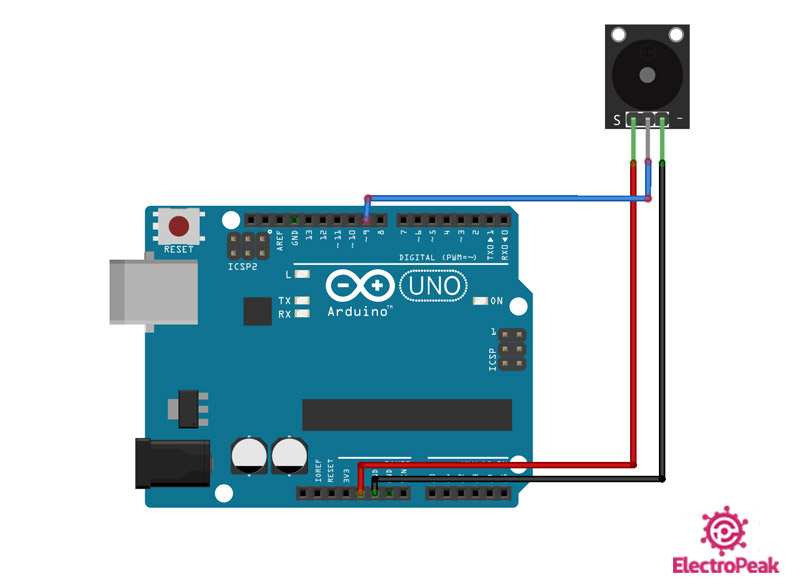

If we talk about Serial EEPROM ICs, then the Atmel’s (now Microchip) AT24 and AT25 series are very popular.

You can get capacities up to 256 kB (or more) and can be easily interfaced either through I2C or SPI. This is where External EEPROM ICs come into play. If you take Arduino UNO as an example, the ATmega328P MCU (which is the Microcontroller on UNO) has only 1 kB of EEPROM. Internal EEPROMs are often limited in size (usually a couple of kB) but are significantly fast as they are on the same silicon as the processor in the MCU.

For more information about EEPROM (and its history), volatile and non-volatile memory and reading and writing to Internal EEPROM of Arduino, check out “ ARDUINO EEPROM TUTORIAL”. I already discussed on how to access the Arduino’s Internal EEPROM in an earlier tutorial. One is Internal EEPROM, which is embedded into the Microcontroller and the other is External EEPROM, which is in the form of an IC and must be connected to a Microcontroller through a Serial Interface (like I 2C or SPI). There are two types of EEPROM with respect to the physical location. EEPROM, which is short for Electrically Erasable Programmable Read Only Memory, is a type of non-volatile memory which retains its contents even after the power is turned off.


 0 kommentar(er)
0 kommentar(er)
